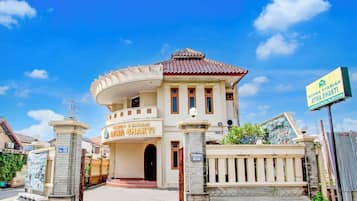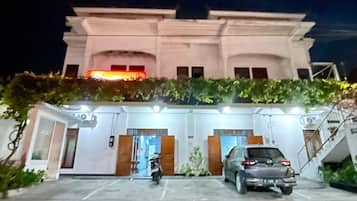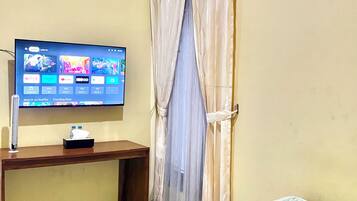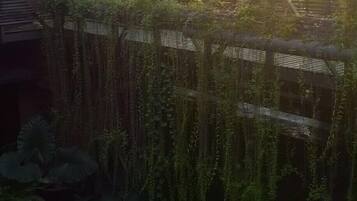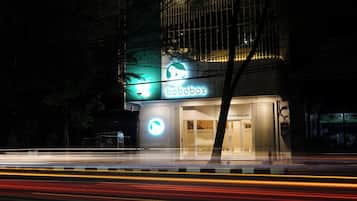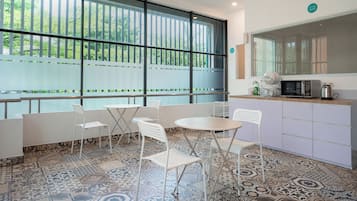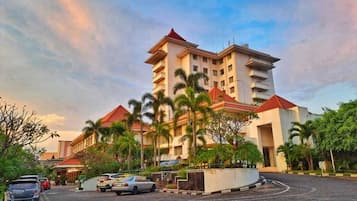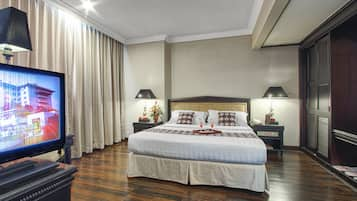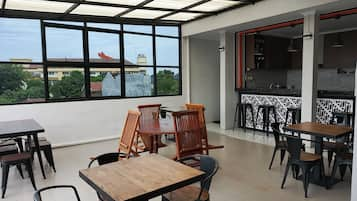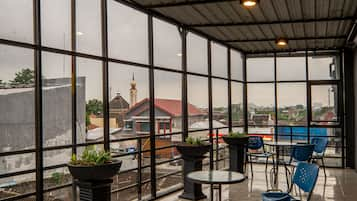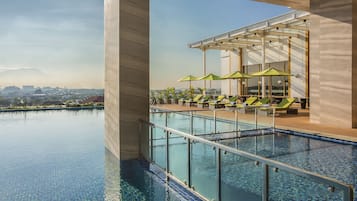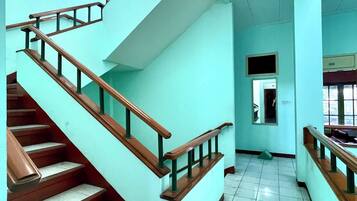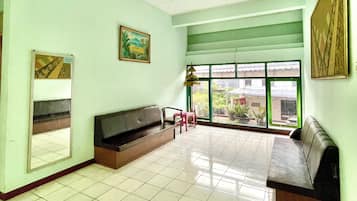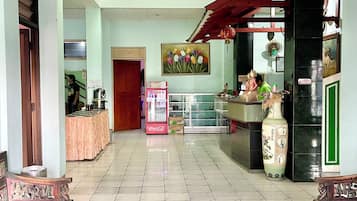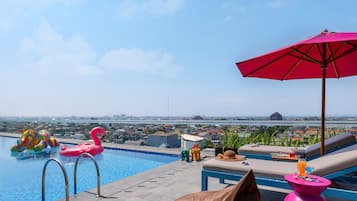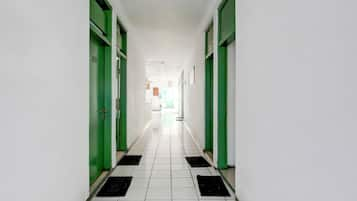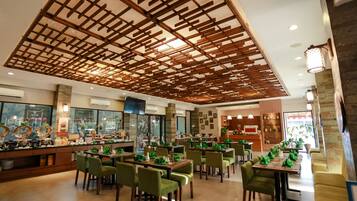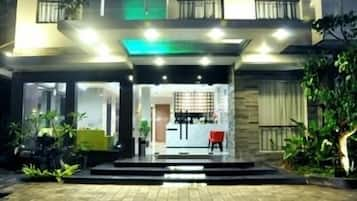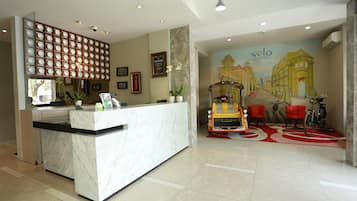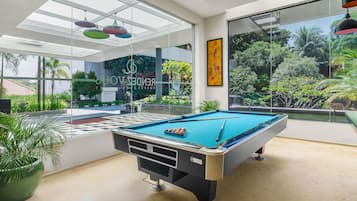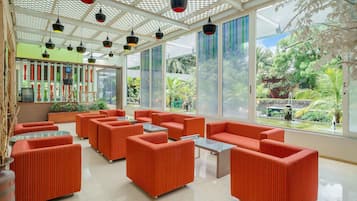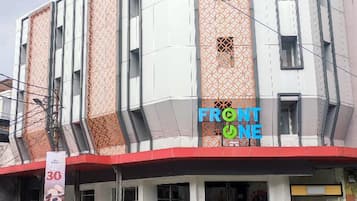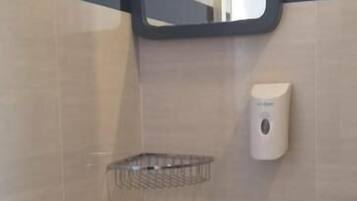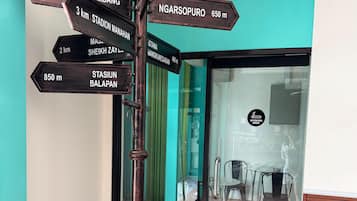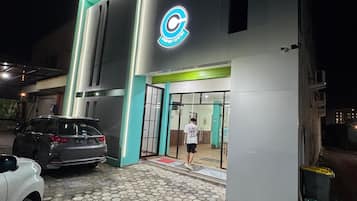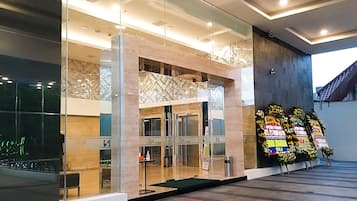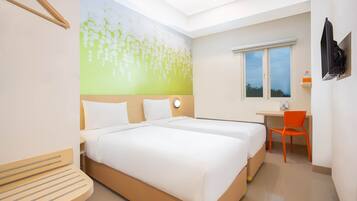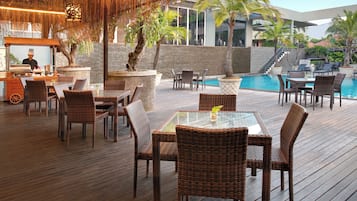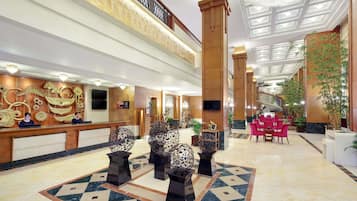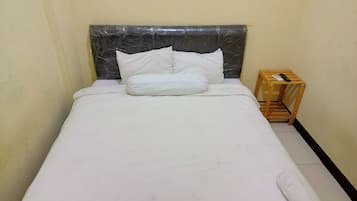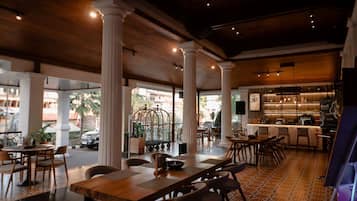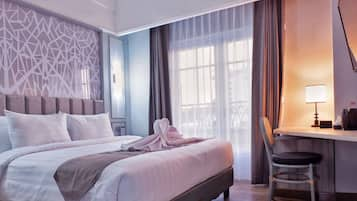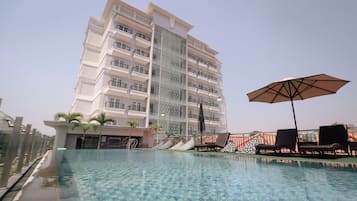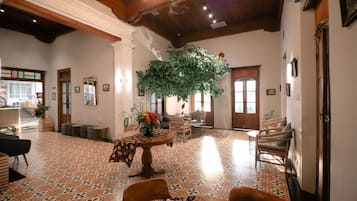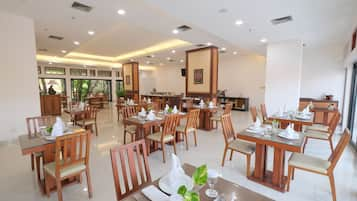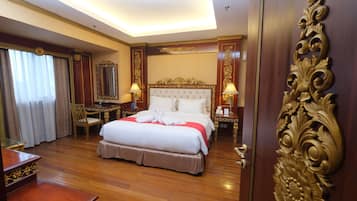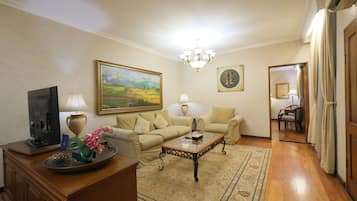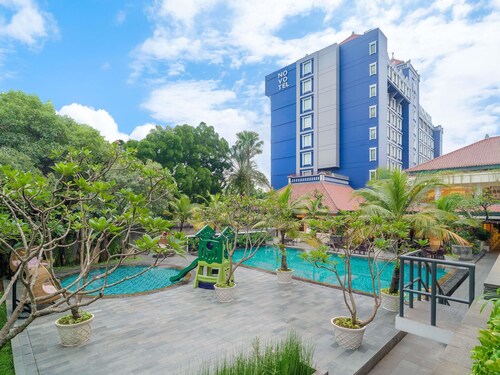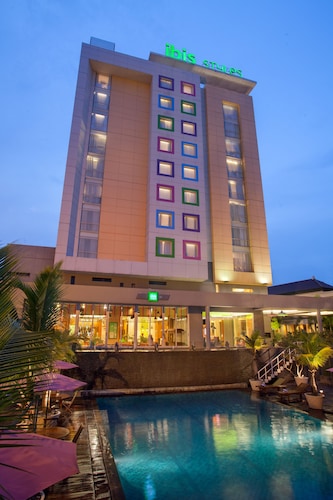Photo by Sharrie Shaw
Search Hotels in Banjarsari, Surakarta
- Change your mindBook hotels with free cancellation
- Be pickySearch almost a million properties worldwide
Go beyond your typical stay in Banjarsari
Family friendly
Check prices for these dates
Our top choices for Banjarsari hotels

Hotel O Manahan Near Stadium Manahan Solo Formerly Atma Bhakti
Hotel O Manahan Near Stadium Manahan Solo Formerly Atma BhaktiBanjarsari
The price is Rp98.724
Rp119.455 total
includes taxes & fees
18 Dec - 19 Dec
The price is Rp160.125
Rp193.752 total
includes taxes & fees
18 Dec - 19 Dec
The price is Rp268.595
Rp325.001 total
includes taxes & fees
14 Dec - 15 Dec
The price is Rp171.194
Rp207.144 total
includes taxes & fees
14 Dec - 15 Dec
The price is Rp572.727
Rp693.000 total
includes taxes & fees
18 Dec - 19 Dec
The price is Rp214.149
Rp259.120 total
includes taxes & fees
5 Jan - 6 Jan 2026
Lowest nightly price found within the past 24 hours based on a 1 night stay for 2 adults. Prices and availability subject to change. Additional terms may apply.
Where to stay in Banjarsari
Find the best Banjarsari areas for the activities you enjoy most. Learn more about Banjarsari
Learn more about Banjarsari
Solo City Centre
You'll enjoy the museums and zoo in Solo City Centre. You might want to make time for a stop at Solo Paragon Lifestyle Mall or Keprabon Park.
Explore a world of travel with Expedia
Frequently asked questions
Hotels in top Surakarta neighborhoods
Hotels near popular Surakarta Attractions
- Hotels near Solo Paragon Lifestyle Mall
- Hotels near Mangkunegaran Palace
- Hotels near Balekambang City Park
- Hotels near Nakamura Klinik
- Hotels near Radya Museum Library
- Hotels near Universitas Sebelas Maret
- Hotels near Muhammadiyah University of Surakarta
- Hotels near Kraton Surakarta
- Hotels near Klewer Market
- Hotels near Gede Market
More accommodation types in Banjarsari
Hotels Close to Nearby Airports
Explore more hotels
More ways to book
Expedia's Latest Trends
Hotels
- Hotels with Connecting Rooms in Solo City Centre
- Hotels with Balcony in Solo City Centre
- Hotels near Ketapang Station
- Sensa Hotel
- OYORooms Hotels in Stabat
- Hotels with Breakfast in Solo City Centre
- 4 Star Hotels in Ubud City-Centre
- Hotels in Genting Highlands
- 5 Star Hotels in Kuningan
- Prabhu Ubud Villa
- W Hong Kong
- Spa Hotels in Batam
- Hotels in West Semarang
- Hotels in Trenggalek
- Grand Picasso Hotel
- Sanur Seaview Hotel
- Lorin Sentul Hotel
- Sindhorn Midtown Hotel Bangkok, Vignette Collection by IHG
- Hotels in Solo City Centre
Packages
![At the museum no photos are allowed which is really unfortunate as it was well worth the visit and the guided tour is definitely not to be missed. In the museum there are even Batik made from the Dutch era which depicts stories like Little Red Riding Hood and Snow White!
I enjoyed the tour v much and at the end of the tour we were brought to this room where the artisan were working on hand drawn batik.
Below is an excerpt from Wikipedia for anyone interested in learning more about the process of batik making.
Firstly, a cloth is washed, soaked and beaten with a large mallet. Patterns are drawn with pencil and later redrawn using hot wax, usually made from a mixture of paraffin or bees wax, sometimes mixed with plant resins, which functions as a dye-resist. The wax can be applied with a variety of tools. A pen-like instrument called a canting (IPA: [tʃantiŋ], sometimes spelled with old Dutch orthography tjanting) is the most common. A canting is made from a small copper reservoir with a spout on a wooden handle. The reservoir holds the resist which flows through the spout, creating dots and lines as it moves. For larger patterns, a stiff brush may be used. Alternatively, a copper block stamp called a cap (IPA: [tʃap]; old spelling tjap) is used to cover large areas more efficiently.
After the cloth is dry, the resist is removed by scraping or boiling the cloth. The areas treated with resist keep their original color; when the resist is removed the contrast between the dyed and undyed areas forms the pattern. This process is repeated as many times as the number of colors desired.
The most traditional type of batik, called batik tulis (written batik), is drawn using only the canting. The cloth need to be drawn on both sides and dipped in a dye bath three to four times. The whole process may take up to a year; it yields considerably finer patterns than stamped batik.
Source: Wikipedia](https://images.trvl-media.com/place/6224808/26fd1460-c65a-4c1a-9444-7a893e883ac9.jpg?impolicy=fcrop&w=1200&h=500&q=medium)
